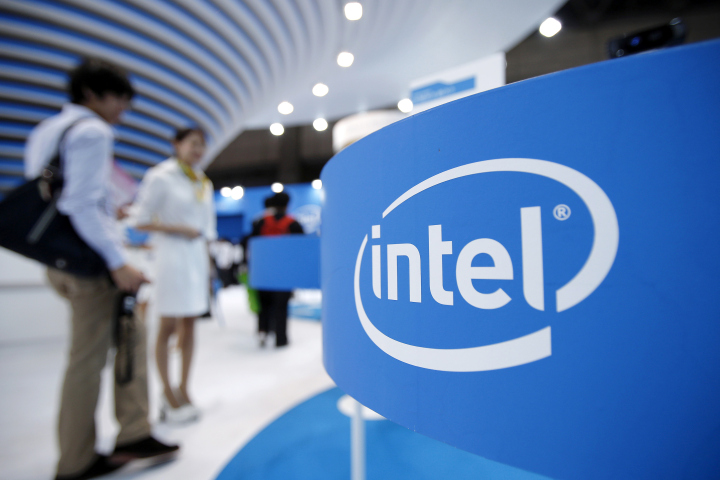 5456
5456
 2017-01-05
2017-01-05
Intel announced a new modem chip for smartphones using faster 5G technologies as it seeks to outpace rival Qualcomm in the battle for next generation mobile gear.
The new Intel modem, which likely won't reach actual smartphone users until 2018 or later, can transmit both in the high-frequency 28GHz band being tested for 5G in the United States and Korea as well as lower bands, like 3.3GHz, being tried in Europe and China. Intel said it will have samples of the modem chip—which can download at 10 to 20 times the speed of current 4G LTE modems—available for testing by manufacturers in the second half of the year.
Although 3GPP, the global industry trade group that helps set mobile standards, is still developing rules for some parts of the 5G ecosystem, Intel said its modem would abide by what has been adopted so far.

"Our goal is to support both early trials and to lay a foundation enabling accelerated development of products that will support the 3GPP (new radio) specification and help drive global adoption of the 3GPP 5G standard," Aicha Evans, head of Intel's mobile efforts, wrote in a blog post on Wednesday.
Intel (INTC, -0.49%) has long lagged Qualcomm (QCOM, +0.11%) in the mobile area, though last year it won a significant portion of Apple's (AAPL, -0.09%) modem chip business for the iPhone 7. Samsung, the largest smartphone maker in the world, has stuck with Qualcomm.
The availability of both companies' modem chips may be quicker than the rate at which the mobile phone industry can truly take advantage given the time and expense of building 5G networks. Most carriers have said 5G networks, the successor to 4G LTE, won't be widely deployed until 2020 or later. And some say the technology is best suited not for mobile phones but for home broadband connections.
Moreover, while video conferencing and virtual reality apps require a lot of bandwidth, it's unclear whether mobile consumers will see a need for 5G speeds. Many have slowed upgrading to newer phones as they are mostly using apps like Facebook (FB, +1.57%) and Snapchat, which don't benefit much from more powerful hardware. Higher 5G speeds may not be enough of a draw to purchase more expensive phones and data plans.
Source: fortune